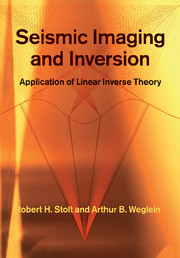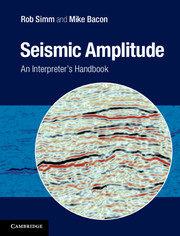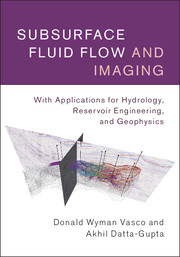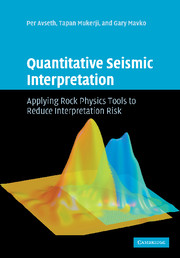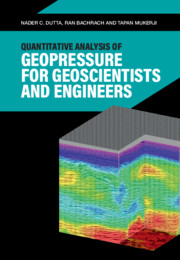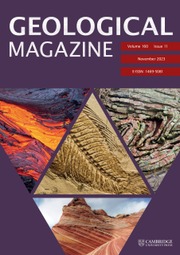Seismic Imaging and Inversion
Extracting information from seismic data requires knowledge of seismic wave propagation and reflection. The commonly used method involves solving linearly for a reflectivity at every point within the Earth, but this book follows an alternative approach which invokes inverse scattering theory. By developing the theory of seismic imaging from basic principles, the authors relate the different models of seismic propagation, reflection and imaging - thus providing links to reflectivity-based imaging on the one hand and to nonlinear seismic inversion on the other. The comprehensive and physically complete linear imaging foundation developed presents new results at the leading edge of seismic processing for target location and identification. This book serves as a fundamental guide to seismic imaging principles and algorithms and their foundation in inverse scattering theory, and is a valuable resource for working geoscientists, scientific programmers and theoretical physicists.
- Ties together different approaches to the seismic inverse problem by describing the various models of seismic propagation, reflection and imaging
- The presentation enables a basic understanding of the imaging without being buried in mathematics, or a deeper understanding with the help of linearized inverse theory
- Incorporates full three-dimensional algorithms
Reviews & endorsements
'… suitable for use as a textbook for a graduate-level geophysics course …' Michael McCormack, The Leading Edge
Product details
March 2018Paperback
9781108446662
416 pages
245 × 170 × 29 mm
0.75kg
119 b/w illus. 1 table 43 exercises
Available
Table of Contents
- 1. Introduction: modeling, migration, imaging, and inversion
- 2. Basic migration concepts
- 3. Prestack migration
- 4. Migration limitations
- 5. Models for wave propagation and reflection
- 6. Green's functions
- 7. The scattering potential
- 8. Reflectivity
- 9. Synthesizing reflection data
- 10. f-k migration
- 11. Asymptotic modeling and migration
- 12. Residual asymptotic migration
- 13. Asymptotic data mapping and continuation
- 14. Least-squares asymptotic migration
- Appendix A. Conventions and glossary of terms
- Appendix B. Coordinates, vectors, and identities
- Appendix C. Fourier and radon transforms
- Appendix D. Surface and pointwise reflectivity
- Appendix E. Useful filters
- Appendix F. The phase integral and the stationary phase approximation
- Appendix G. The diffraction integral
- Appendix H. Wave-based, ray-based and reflector-based coordinates.

